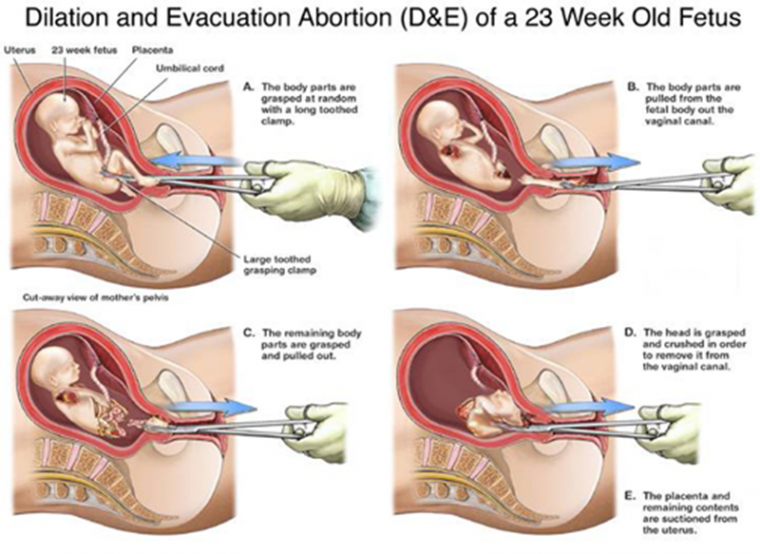Federal court stops Alabama laws banning child dismemberment, abortion clinics near schools

A federal court has blocked two Alabama laws that ban dismemberment abortions in the state and abortion clinics within 2,000 feet from schools.
U.S. District Judge Myron Thompson issued a temporary restraining order against SB 363 and SB 205, which were scheduled to take effect on Aug. 1.
The two laws were passed by the Alabama legislature and signed by Gov. Robert Bentley last May, according to LifeSiteNews.
SB 363 prohibits "any individual who performs or attempts to perform a dismemberment abortion unless necessary to prevent serious health risk to the mother of the unborn child."
The law defines dismemberment abortions as extracting a living unborn child "one piece at a time from the uterus through use of clamps, grasping forceps, tongs, scissors, or similar instruments that, through the convergence of two rigid levers, slice, crush, or grasp, or any combination of the foregoing, a portion of the unborn child's body to cut or rip it off."
It excludes abortions which use suction to dismember the body of an unborn child.
Alabama became the fifth state to ban the abortion procedure.
SB 205 bans abortion clinics within 2,000 feet of a public school that serves kindergarten to grade 8.
Earlier this month, the West Alabama Women's Clinic in Tuscaloosa and the Alabama Women's Center in Huntsville filed a lawsuit to block the two laws, according to AL.com, saying the law on distance within schools would force them to close.
The lawsuit claims that dismemberment abortion is the "safest and most common method of second-trimester abortion, and the only method provided in outpatient facilities."
Thompson scheduled a hearing on Oct. 4. He said the temporary restraining order will be in effect three weeks after the hearing.
The Hunstville and Tuscaloosa clinics performed 72 percent of the 8,080 abortions in Alabama in 2014, according to the Alabama Department of Public Health.











